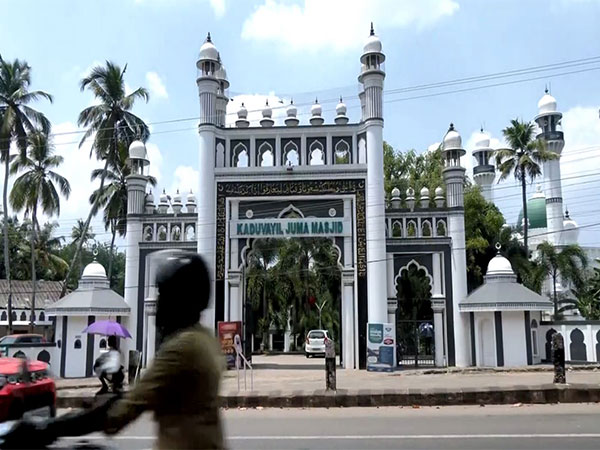Kaduvayil Juma Masjid: A Beacon of Faith and Unity in Kerala
Kaduvayil Juma Masjid, a monumental mosque in Kerala, symbolizes faith, community, and interfaith harmony. Established in the 20th century, it is a hub for worship, education, and charity, welcoming people from diverse backgrounds and promoting unity beyond religious boundaries.

- Country:
- India
On the eve of Eid, as multitudes prepare for a day centered on prayer, reflection, and festivity, the Kaduvayil Juma Masjid—also known as Kaduvayil Thangal Palli—stands as a testament to faith, community, and heritage. As one of the largest mosques in South India, this revered site is more than just a place of worship; it's a sanctuary where history, architecture, and humanity converge, drawing believers and admirers from all over the region.
Situated between Kallambalam and Attingal, merely 12 km from Varkala Railway Station, the Kaduvayil Juma Masjid is dedicated to Saint Kaduvayil Thangal, a Sufi mystic famed for his wisdom and healing powers. The saint's durgah within the mosque complex attracts thousands across religious lines seeking blessings. His teachings on unity and service remain influential, solidifying the mosque as a cornerstone of interfaith harmony in Kerala. 'This is not just a mosque,' remarked Rahim, a believer, emphasizing its role in uniting Hindus, Christians, and Muslims, aided by its 400-year-old history.
The mosque, whose construction began in 1978 and finished in 1985, was uniquely built by a Hindu named Gopalakrishnan, famously dubbed the 'Mosque Man.' Beyond worship, the mosque is heavily involved in humanitarian work, running a hospital and boasting considerable staff diversity: over 700 out of 1,300 members are from different religious communities. 'We aid those in need regardless of their background,' Rahim highlighted, noting its extensive charitable activities.
Despite its grandeur, the mosque's design was crafted by Govindan Gopalakrishnan, a non-Muslim revered across Kerala for his mosque designs. His work, lacking formal training, is celebrated statewide for its beauty, exemplified by Kaduvayil Palli with its blend of Kerala architecture and Islamic artistry. Managed by the Kaduvayil Muslim Jama-Ath Charitable Trust, the mosque is pivotal for social welfare, offering education and community support through scholarships and healthcare. The mosque's inclusivity is evident with separate prayer facilities for women.
With Eid imminent, the mosque metamorphoses into a lively epicenter of devotion and celebration, highlighted by grand Eid prayers and the annual Uroos festival. Despite a world often divided by differences, Kaduvayil Juma Masjid shines as a symbol of coexistence and peace, welcoming individuals from various faiths in Kerala's enduring tradition of religious inclusivity. This unity is epitomized by the fact that a Hindu architect designed one of South India's most revered mosques, embracing everyone from pilgrims to history enthusiasts.
(With inputs from agencies.)










